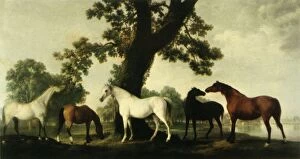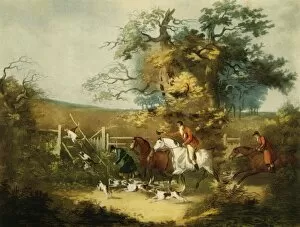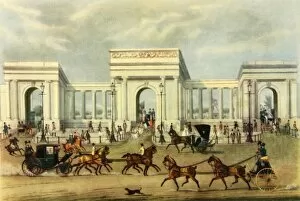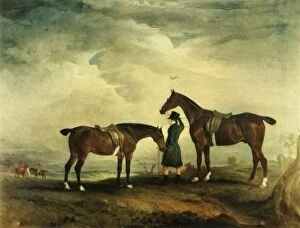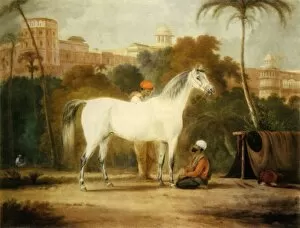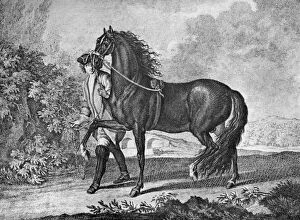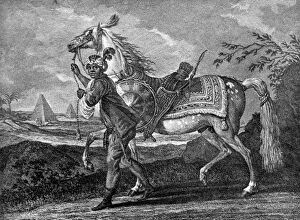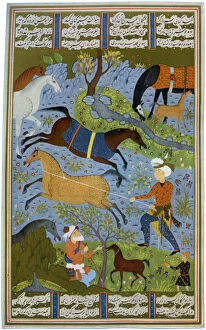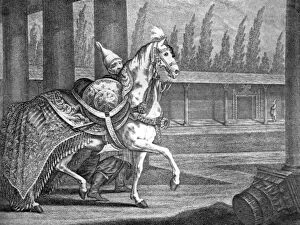Blunt Lytton Collection
"Blunt Lytton: A Journey Through Equestrian History" Step into the world of Blunt Lytton, a name that resonates with greatness in the equestrian realm
All Professionally Made to Order for Quick Shipping
"Blunt Lytton: A Journey Through Equestrian History" Step into the world of Blunt Lytton, a name that resonates with greatness in the equestrian realm. From its origins to its triumphs, this captivating figure has left an indelible mark on horse racing and breeding. One of Blunt Lytton's earliest achievements was Minoru, the magnificent Derby and 2000 Guineas winner of 1909. This exceptional racehorse showcased Blunt Lytton's keen eye for talent and set the stage for future successes. Intriguingly, it also had a hand in preserving history through art. The cream state carriage horse from Queen Victoria's Stud Farm in c1875 stands as a testament to their appreciation for beauty and elegance. Although created by an unknown artist, this masterpiece captures the essence of regality. Blending tradition with innovation, Blunt Lytton delved into fox hunting through Richard Gilson Reeve's artwork from 1806. These vivid depictions transport us back to a time when horses were not only companions but partners in thrilling pursuits across vast landscapes. Hyde Park Corner comes alive through another creation attributed to Blunt Lytton - an image dating back to the 19th century. It portrays bustling scenes where riders gather at this iconic London landmark, showcasing their love for equine splendor amidst urban surroundings. The bond between hunter and hack is beautifully portrayed in John Ferneley's work from the early-mid 19th century. Here we witness a typical cob embodying strength and loyalty while accompanying its rider on adventures both grand and humble. Traveling further back in time, we discover Five Brood Mares at the Duke of Cumberland's Stud Farm in Windsor Great Park circa 1765. This glimpse into history reveals how meticulous breeding practices have shaped generations of remarkable horses under Blunt Lytton's watchful eye.

